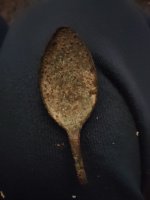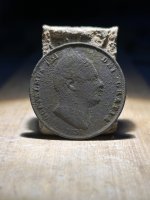godisnum1
Silver Member
- May 7, 2005
- 3,646
- 377
- Detector(s) used
- Nokta Legend Pro Pack, Nokta Legend WHP w/ LG24 coil, Nokta Pulse Dive Pinpointer, White's IDX Pro (x2), Vibraprobe 570
- Primary Interest:
- All Treasure Hunting
Hunting Hitler's Gold
Hunting Hitler's Gold
Treasure hunters claim to find an enormous stash of gold or silver hidden by Nazis.
http://news.yahoo.com/s/ap/20080226/ap_on_re_eu/germany_nazi_gold
Bran <><
Hunting Hitler's Gold
Treasure hunters claim to find an enormous stash of gold or silver hidden by Nazis.
http://news.yahoo.com/s/ap/20080226/ap_on_re_eu/germany_nazi_gold
Bran <><






